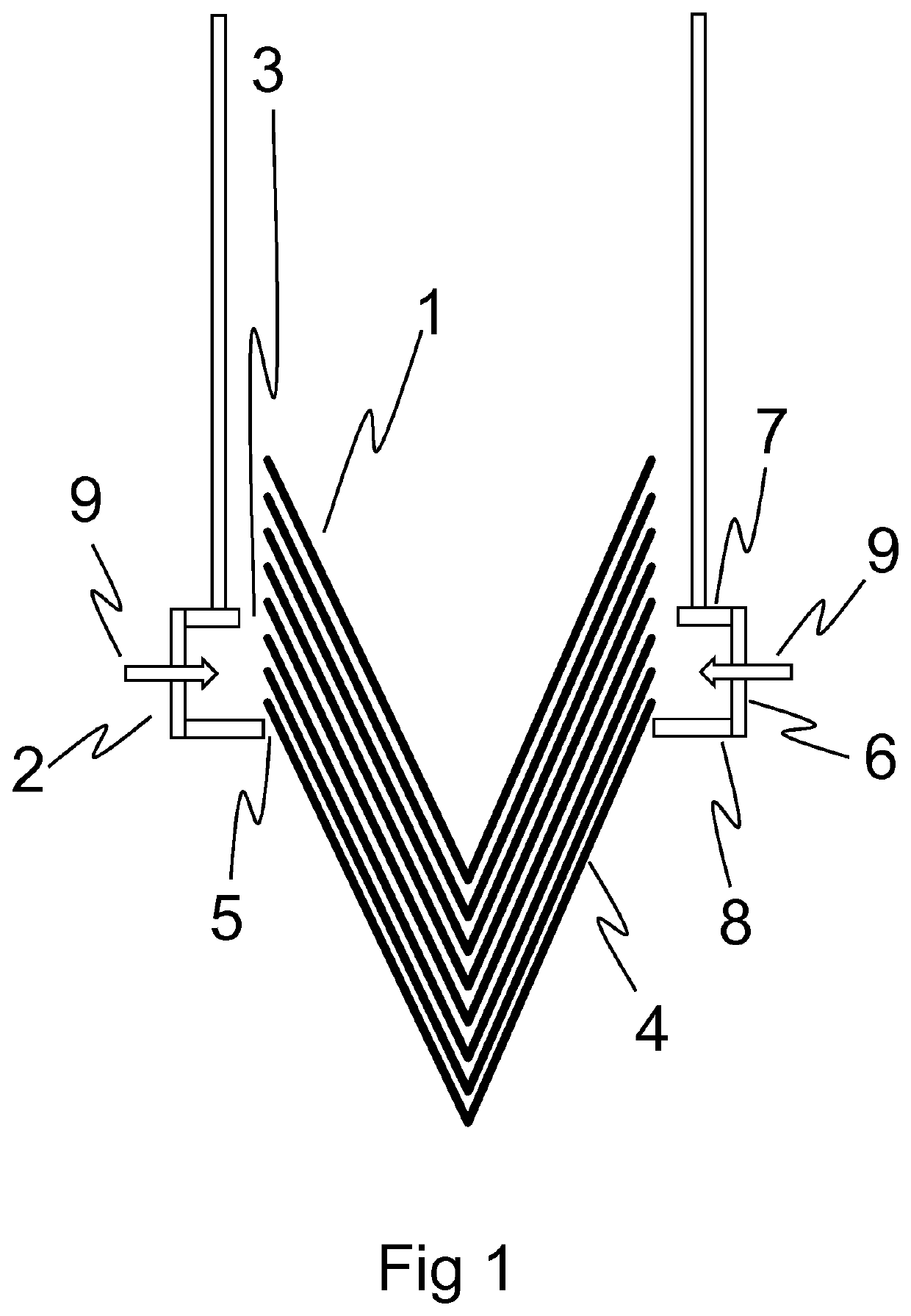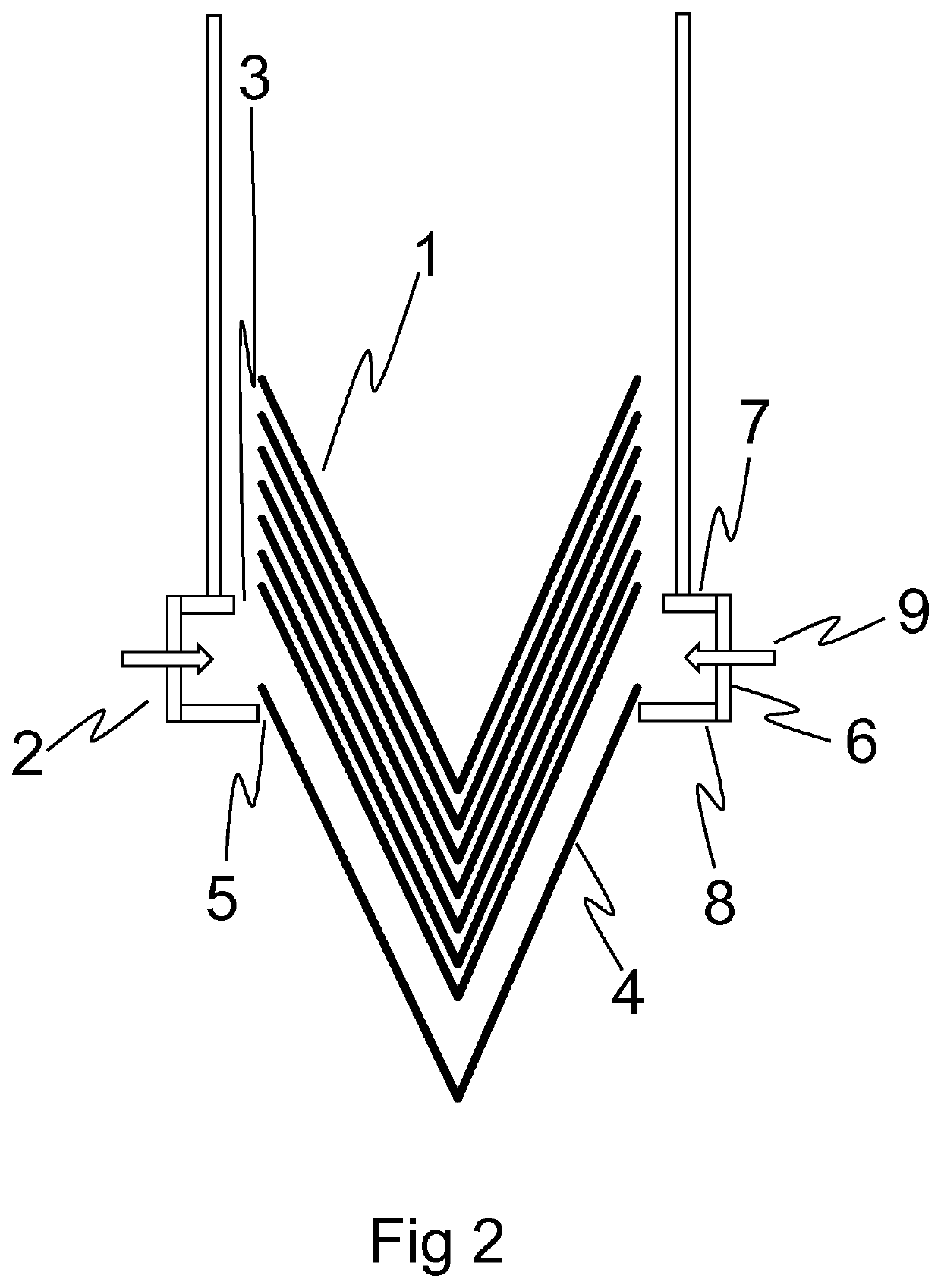Apparatus and process for handling food packaging
a technology for packaging and apparatus, applied in the direction of racks, de-stacking articles, cocoa, etc., can solve the problems of inability to remove the lowermost sleeve from the bottom of the stack by an automated picking device, the sleeves are nested even more tightly, and the sleeve cannot be consistently and accurately removed from the bottom of the stack
- Summary
- Abstract
- Description
- Claims
- Application Information
AI Technical Summary
Benefits of technology
Problems solved by technology
Method used
Image
Examples
Embodiment Construction
[0063]As discussed above, it is difficult to consistently and accurately remove the lowermost sleeve from nested stacks of cone sleeves because the identically shaped sleeves naturally fit together and become stuck or wedged. When the sleeves pack tightly one within another, a vacuum is created between them that must be overcome when removing each sleeve. It is therefore a common problem that a sleeve cannot be removed from the bottom of a stack by an automated picking device. It is also a common problem that more than one sleeve is removed from the stack.
[0064]The apparatus of the present invention can be used to separate a cone sleeve from a nested stack of cone sleeves as follows.
[0065]The apparatus has a chamber defined by upper and lower surfaces that are connected by a wall. Each of the upper and lower surfaces has a circular opening through which a cone sleeve can fit. It will be appreciated that the shape of cone sleeves depends on the shape of the cone that they are designe...
PUM
 Login to View More
Login to View More Abstract
Description
Claims
Application Information
 Login to View More
Login to View More - R&D
- Intellectual Property
- Life Sciences
- Materials
- Tech Scout
- Unparalleled Data Quality
- Higher Quality Content
- 60% Fewer Hallucinations
Browse by: Latest US Patents, China's latest patents, Technical Efficacy Thesaurus, Application Domain, Technology Topic, Popular Technical Reports.
© 2025 PatSnap. All rights reserved.Legal|Privacy policy|Modern Slavery Act Transparency Statement|Sitemap|About US| Contact US: help@patsnap.com


